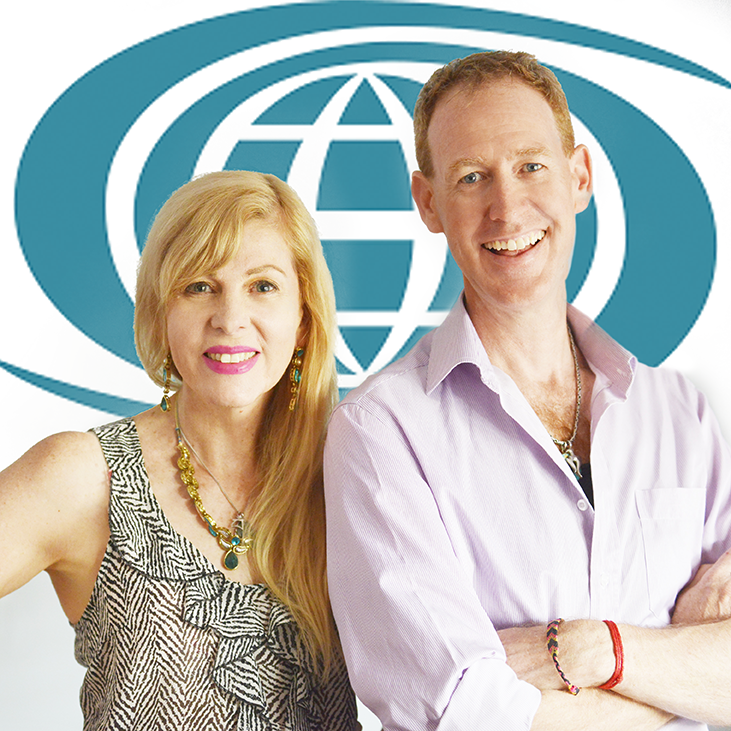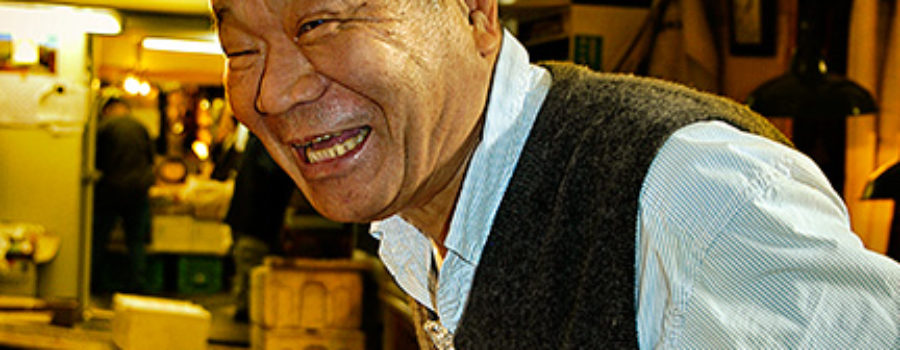Blue Zones Living Longer 9 Lessons
Blue Zones
Dan Buettner, author of “Blue Zones Living Longer 9 Lessons from People Who’ve Lived the longest” is a National Geographic Fellow and multiple New York Times bestselling author. He has discovered the five places in the world – dubbed Blue Zones – where people live the longest, and are healthiest. He shares the 9 common diet and lifestyle habits – that keep them spry past age 100. What should you be doing to live a longer life?

Dan Buettner author of “Blue Zones, 9 Lessons for Living Longer from People who’ve Lived the Longest”
After the years of Blue Zones study one main significant finding was, “it’s not genes”. Okinawa has been an ethnic melting pot since the 16th Century, but it’s a cultural that eats mostly a plant based diet, of various vegetables that are common for Westerners and some not so common like bitter melon. They have the longest disability free life expectancy in the world. They live a long time, tend to die very quickly, often in their sleep and often painlessly. Where in American and Australia we suffer 3 – 5 years of morbidity. Which means you’re disabled through chronic disease or illness and spend about 95% of your life depending of medications and healthcare. In Okinawa, the morbidity period among the people living in their 70s or 80s and 90s is about 1 year. So they are not only living longer better lives they are spending a 1/3rd on healthcare.
The Okinawa people have a philosophy to stop eating when their stomachs are 80% full, called “hara hachi bu”. Hara Hachi Bu is said by most of the older people before starting a meal, a reminder to stop eating before they are full. They also pre-plate their food at the kitchen counter. They belong to a strong social culture. From the age of 5 years old, you’re placed in something called a “moai” with 4 to 5 other 5 years olds and you travel through life with those kids.
The photo on the above of a group of women who have grown up in their “moai” together for 97 years. They are still active engaging women. In this photo they were laughing and comparing their boyfriends in 1939.
The Okinawa people do not have a word for retirement in their vocabulary. Instead the word “ikigai” is used, meaning their sense of purpose. There are many centenarians still active, teaching karate, caring for their great, great, great grandchildren one woman aged 101.5 still cared for her great great great grandchild aged 6 months old. When asked how does she feel about the 100 year age difference, she said it felt like heaven. Not a common sight in American or Australia. Another Blue Zone area is Sardina, Italy. It has the highest percentage of male centenarians in the world, men still ride their bicycles at 102 years of age. Most men in the village were Shepherd, doing low intensity physical activity. All had mid-day siestas, ate a Mediterranean diet although only ate meat as a celebratory food and very small amounts. They have a simple attitude towards aging, the Sardinia people celebrate age, the elders are not warehoused into nursing homes. They look after their aging parents receive their love and in return their parent give love and support to the family. The elderly are kept engaged and active help care, the grandmothers help with the grandchildren and the men will work in the garden. Interesting study on the role of grandparents, showed children growing up with positive contact to grandparents have the lowest rates of mortality and disease compared to children who have no contact to grandparents.
The American Blue Zone is Loma Linda, California, home to the highest concentration of Seven Day Adventists in the world. They evangelize health, celebrate Saturdays as their Sabbath very seriously, from sunset of Friday until sunset on Saturday no work, social commitments or any other engagements are done. Saturday morning they focus on prayers and teachings, in the afternoon they build their social network, through vegetarian potluck dinners or luncheons and in the afternoon, hardwired right in their scriptures is a walk in nature. Genesis 1:28, the Bible talks about eating legumes, seeds and one stanza later green plants. A wonderful example of the Adventists lifestyle is 102 years Ellsworth Wareham. At 96 years old he received a quote of $6000 to replace his home’s fence. He thought he will do it himself. Four days later after finishing erecting the entire fence himself, he was back in the hospital. Not because he was needing surgery, he was the working surgeon. He is 102 years old and still going strong.
Nicoya in Costa Rica is the 4th Blue Zone live by The “plan de vida,” or reason to live, which propels a positive outlook among elders

Centenarian from Nicoya Costa Rica
and helps keep them active. Another is a focus on family and a special ability to listen and laugh.
The 5th Blue Zone area is Ikaria, an island off Turkey. Electricity was only
connected in the 1970s. People have no easy conveniences, all work is gone manually, with elbow grease, from making the daily breads to grinding the corn. Their diet consists of three main herbs, rosemary, oregano and dandelion. Dandelion is known to lower blood pressure. They are diuretics and this may be a reason for their high life expectancy. In American and Australia if you reach 85 years of age, there’s about a 50% chance you will suffer from Alzheimer’s Disease or other vascular dementia. On the island of Ikaria, a study of 674 people over 70 there was not one case of dementia.
Blue Zone Living Longer 9 lessons all the centenarians have 9 things in common:
- they never took supplements
- they had a strong social bond with community, not living with loneliness or isolation
- they move naturally, they don’t exercise in the way we think of exercise, jogging away the block
- they have de-conveniented homes, so gadgets to make life easy
- they are more active, they walked
- they ate mostly plant based diets
- they are engaged people, no thought of retirement
- they have daily sacred rituals, faith or do happy hours together
- they had a sense of purpose
they eat nuts and seeds (studies have shown eating a handful of nuts per day you live about 2 or 3 years longer than someone who doesn’t).
Most Americans and Australia have eaten way past the point of health, we need to eliminate the “bad” foods. Eat like a King for breafast, Queen for lunch and Pauper for dinner. In all Blue Zones, they witnessed that the biggest meal of the day was breakfast and at the end of the day a small amount of food was eaten. The big AHA moment for the Blue Zone study, says Dan Buettner was its definitely not the genes it was the environment.









